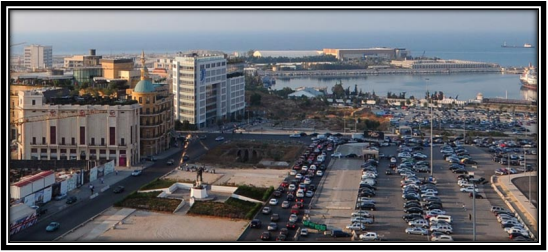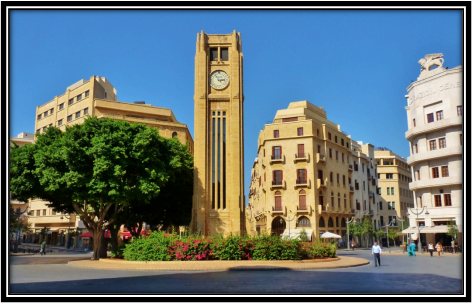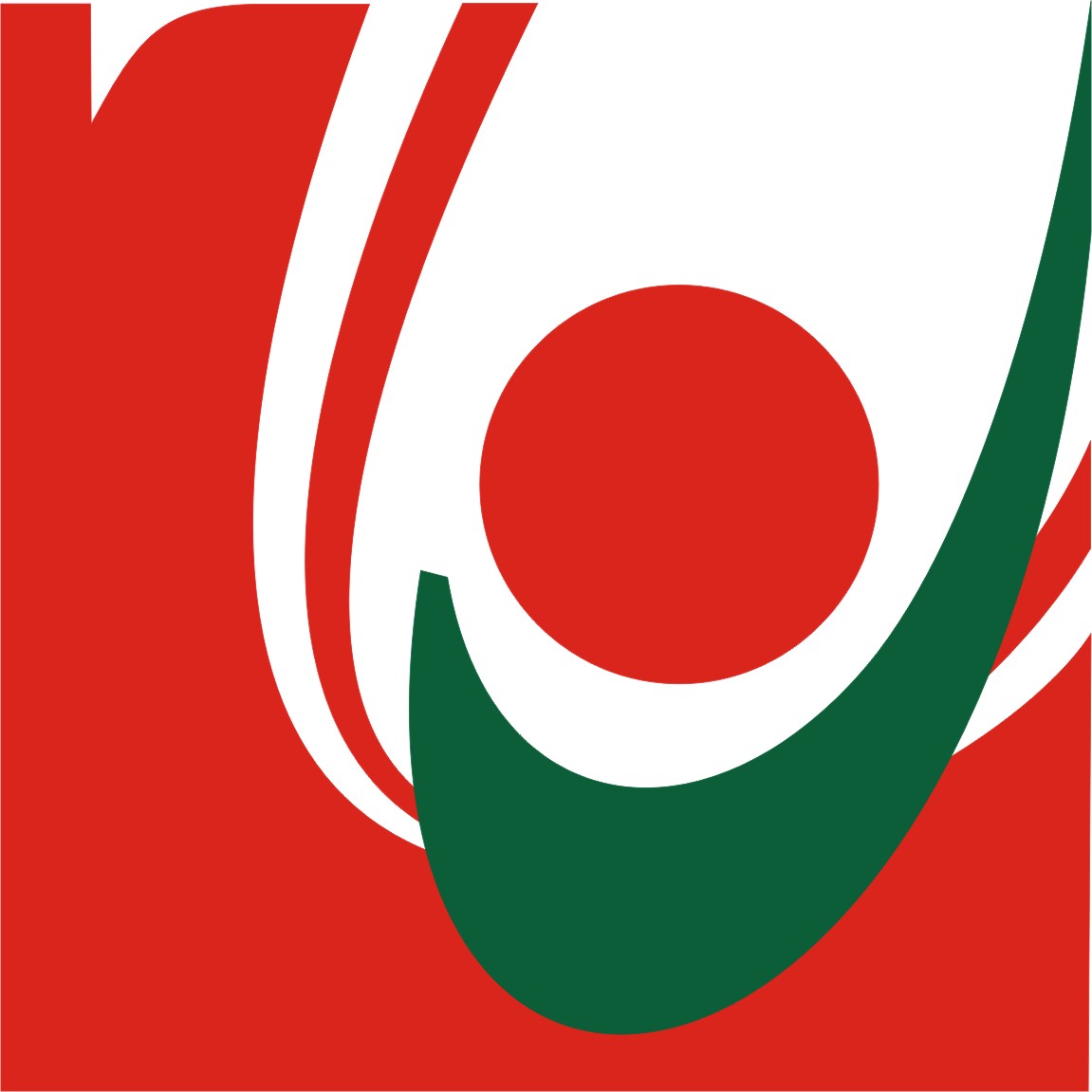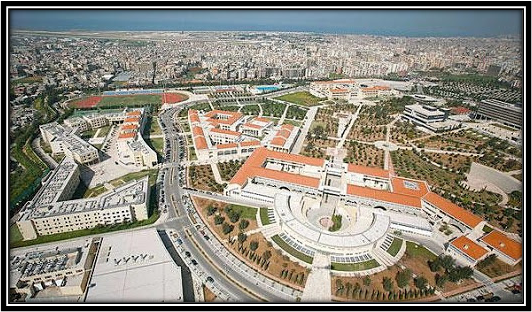11.2.4. Provide free public access to open spaces and green spaces.
The Lebanese University provides free access to the campus and open and green spaces. The sports events organized by third parties are hosted in the LU campus.
Lebanon Cities’ Public Spaces
In Lebanon, the social connections are undeniable and crucial. However, meeting places remain private such as houses, restaurants, malls, and beach resorts. This is mainly due to the shortage of public spaces in Lebanon resulting from lack of planning, regulations and awareness around the right to the city and the importance of public spaces. In main cities where land prices are so expensive, common practice has prioritized the use of land in real estate development, thus trumping other uses such as public and communal spaces.In the late 1990s, Lebanon saw the emergence of malls, which have arguably acted as alternatives to public spaces. Malls, with their wealth of food courts, restaurants, cinemas, and play areas, have become the new downtown for a portion of the Lebanese population. They are also considered safe, which is another important factor.In 2015, the percentage of green spaces in Lebanon has decreased to less than 13%. While the World Health Organization (WHO) recommends a minimum of 9m2 of green space per capita (UN-HABITAT, 2016), Beirut has only 0.8m2
A Brief History of Public Spaces in Beirut
Most public spaces in Lebanon are a product of various political eras such as the Ottoman, Roman and French Eras. Public spaces dating to the Ottoman period include the Sanayeh Garden, the Serail and its gardens, Sahat Al Sur (Riadh Solh Square) and the Corniche.
These spaces where developed as tools to modernize the city as per the Istanbul example and as a statement of the Empire’s control. The Corniche remains until today one of the most functioning and dynamic public spaces in the city which welcomes people from all walks of life. Sanayeh Garden was also recently renovated by a private company, Azadea, revitalizing the space and making it attractive for the public, whether Lebanese communities or refugees.
The French Mandate brought changes to the city which reflects the French lifestyle with its cafés, cinemas and promenades, in addition to setting the stepping stone towards establishing an independent Lebanese state. Public spaces introduced by the French Mandate include Sahat Al Hamidiyah (Martyrs Square), Place de l’Etoile, the Pine Forest, and the Corniche, planned in Ottoman times.

The French Mandate influenced planning in Lebanon in terms of policies, regulations and plans which mark the city until today. Developed plans emphasized public spaces and focused on the transportation network and the urban expansion related to population growth. For example the currently adapted 1954 Ecochard plan focuses on the importance of public space. However, in terms of implementation streets were mostly implemented with little emphasis on open spaces.
In terms of plans and implementation, public spaces were losing importance especially in the face of the prevalence of private development and the prominence of the real estate market in Lebanon. This contributed to the loss of breathing spaces within very dense urban areas marked by a growing population. During the 1975 civil war period, Beirut’s perpetual turbulences reduced its historical public spaces to scattered traces, thus annihilating them. The war divided the capital between east and west contributing to social segregation and resulting in reduced use of public spaces.


